How POS Analytics Can Predict Your Next Best-Selling Product

In today’s competitive retail and hospitality landscape, understanding what your customers want before they even ask for it can give your business a massive edge. That’s where POS (Point of Sale) analytics comes in — a powerful tool that helps you uncover patterns, trends, and insights hidden in your daily transactions. Beyond just processing sales, a modern POS system acts as a data engine that can predict your next best-selling product and guide smarter business decisions.
Understanding POS Analytics
A POS system doesn’t just record transactions — it collects valuable data every time a customer makes a purchase. This data includes product information, quantity, pricing, payment methods, customer preferences, and even the time and day of the sale. When analyzed properly, this information can reveal what’s working, what’s not, and what’s likely to work next.
POS analytics turns this data into actionable insights. It helps identify patterns such as which items sell best on weekends, what combinations customers often buy together, or which products perform well during certain seasons. By connecting these dots, you can start to predict future trends and anticipate demand before it happens.
Spotting Emerging Trends Early
One of the biggest advantages of POS analytics is its ability to help you spot emerging trends. Let’s say you run a café, and your POS data shows that oat milk lattes are suddenly outselling regular cappuccinos over the past few weeks. That’s not just coincidence — it’s a sign of changing customer preferences. With that insight, you can stock more oat milk, promote new plant-based drink options, or even introduce new products around the same trend.
By identifying these shifts early, you position your business ahead of competitors who may still be reacting to yesterday’s sales patterns.
Predicting Your Next Bestseller
POS analytics can also help predict your next best-selling product by analyzing historical data and purchase behavior. For instance:
- Product Performance Data: The system can track which products are consistently selling well and which ones show growing popularity.
- Customer Insights: By analyzing repeat purchases and customer demographics, you can understand who is buying what — and target similar audiences.
- Seasonal Patterns: Some products naturally peak during certain months or holidays. POS data helps forecast these cycles so you can prepare inventory in advance.
- Complementary Sales: POS systems can identify which products are often bought together. This helps you design bundle offers or suggest pairings that increase overall sales.
Imagine owning a retail store where sales data shows a sharp increase in eco-friendly household items. That’s a clear indicator that customers are leaning toward sustainability. Using these insights, you could expand that product range or introduce complementary eco-products, effectively predicting — and creating — your next best-seller.
Reducing Risk and Waste
Accurate forecasting through POS analytics doesn’t just drive more sales — it also reduces business risk. When you can predict which products will perform well, you avoid overstocking slow-moving items or running out of popular ones. This means less waste, fewer markdowns, and more satisfied customers.
Additionally, POS analytics can help you optimize your pricing strategy. By studying sales performance at different price points, you can find the “sweet spot” that maximizes both profit and customer demand.
Making Data-Driven Decisions
The best part about POS analytics is that it replaces guesswork with data-driven decision-making. Instead of relying on intuition or past habits, you use real-time insights to guide your actions. Whether it’s adjusting inventory, planning promotions, or creating new product lines, POS analytics provides the evidence you need to make smarter moves.
Many modern POS systems also feature AI-driven analytics, which automatically generate forecasts and product recommendations. These systems continuously learn from your sales data, becoming more accurate over time. That means your business can predict not just what customers are buying now — but what they’ll want next month or next season.
Final Thoughts
In a world where trends change overnight, relying on data is no longer optional — it’s essential. POS analytics gives you the visibility, foresight, and confidence to make strategic decisions that drive growth. By leveraging the insights hidden in your sales data, you can predict your next best-selling product, meet customer demand proactively, and stay ahead of the competition.






